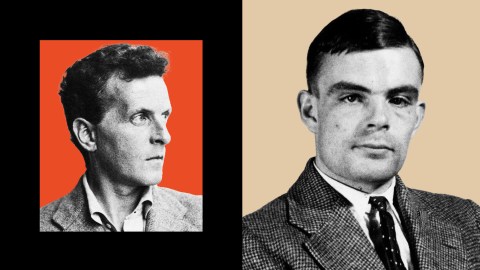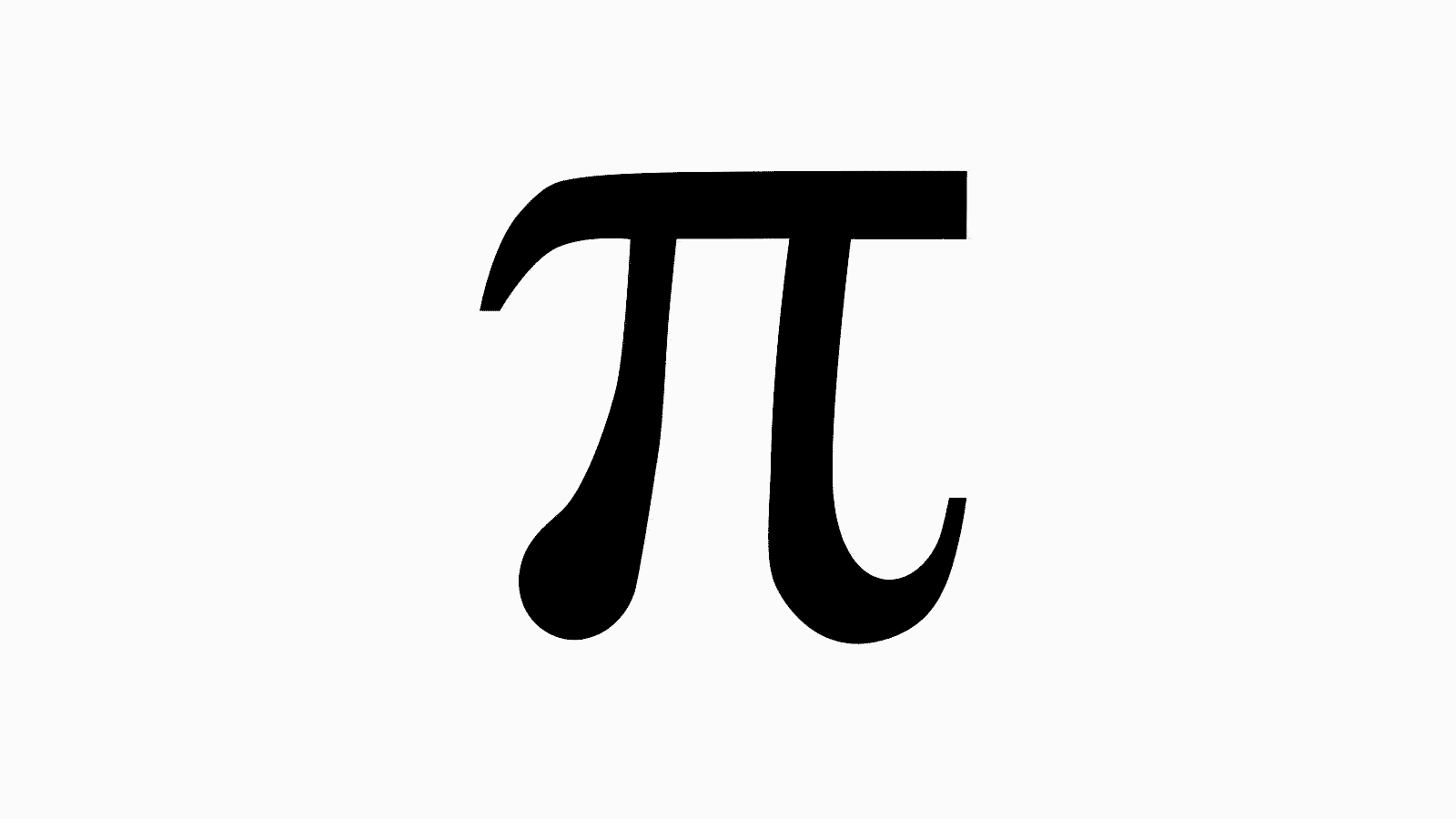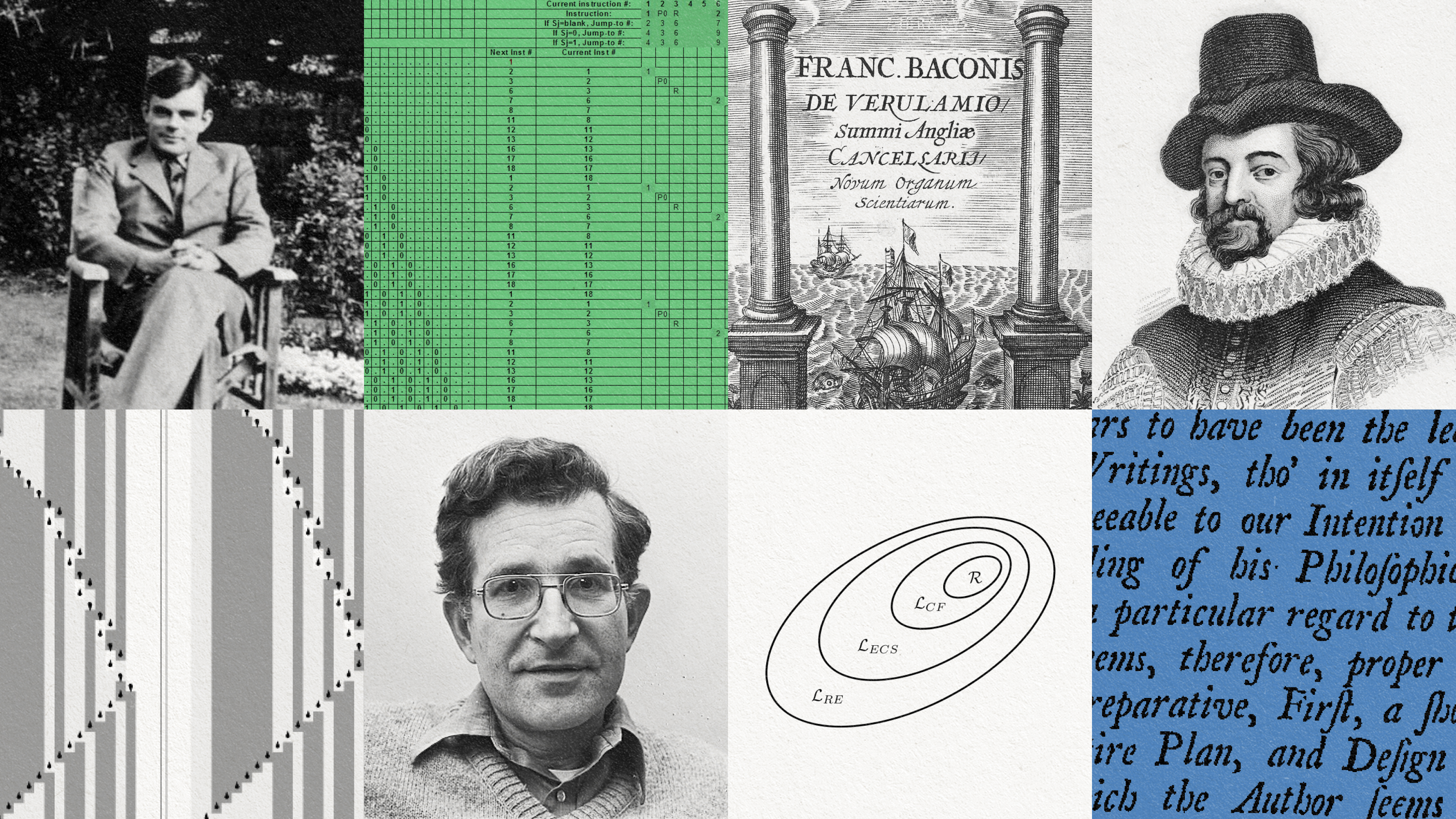Turing and Wittgenstein: An entanglement of math and philosophy

- The University of Cambridge offered two courses on the “Foundations of Mathematics” in 1939 — one taught by Alan Turing, the other by Ludwig Wittgenstein.
- Turing focused on axioms and logic, and attended the lectures of Wittgenstein, who was more interested in the philosophy of language.
- Wittgenstein spoke of the “colorful medley” of mathematics. Turing drew on his conception of a purely hypothetical computer. The rest is history.
In the spring term of 1939, the University of Cambridge offered two distinct courses on “Foundations of Mathematics” — an intellectual extravagance of sorts. However, there was little danger of waste, even less of redundancy: the two lecturers, Ludwig Wittgenstein and Alan Turing, were each known to go their own ways.
Ludwig Wittgenstein was turning fifty, an expat professor of philosophy in Cambridge. Alan Turing had not yet reached his thirties. He was a fellow at King’s College who now held his first lecture course, for the modest fee of 20 British pounds. His topic was the “foundations” in the classical sense, as understood by modern mathematicians: meaning axioms and logic. In the wake of [David] Hilbert and [Kurt] Gödel, Turing had electrified the field with his seminal paper on computation and the decision problem. Here was a worthy successor to the Cambridge trio of [Bertrand] Russell, [Alfred North] Whitehead, and [Frank] Ramsey, who had done so much of the groundwork.
Wittgenstein went after a different game. He had no truck with the usual spiel that mathematicians dished out to each other about the foundations of their science, perhaps even fooling themselves to believe it. Wittgenstein was from Vienna, and as little inclined to take words at their face value as Sigmund Freud or Karl Kraus. Wittgenstein wanted to know what mathematicians really do.
Everything in Wittgenstein’s biography is spectacular. His father was a steel baron and patron of the arts, Habsburg’s answer to Andrew Carnegie. Ludwig grew up in a palace, as the youngest of eight. He started out in aeronautics at a time when the conquest of the air took wing. In 1912, however, the uncommonly intense young engineer switched tracks and enrolled in the University of Cambridge for philosophy. His teachers were Bertrand Russell and George W. Moore, the heralds of analytical philosophy. Within a few months, they took down his dictations on logic. Shortly after, he retired to an isolated hut in Norway to pursue his thoughts undisturbed.
When World War I started, Wittgenstein volunteered for the Austrian Army. In between spells at the front, he finished his Logical-Philosophical Treatise, coolly stating in the preface that he considered its truth to be “unassailable and definitive.” After the catastrophic defeat of the Central Powers and a one-year spell in an Italian POW camp near Monte Cassino, he returned to forlorn, destitute Vienna, and donated his vast inheritance to his surviving siblings (three of his brothers had taken their lives). He earned his living as a teacher, at elementary schools located in the backwoods of Lower Austria. His booklet, renamed Tractatus Logico-Philosophicus, appeared after agonizing delays.
Wittgenstein had no truck with the usual spiel that mathematicians dished out to each other about the foundations of their science, perhaps even fooling themselves to believe it.
Wittgenstein was done with philosophy. Hadn’t he solved the problems, in their essentials? Refusing to engage with busybodies, he snubbed the persistent attempts of the Vienna Circle, that avant-garde group of philosophers and mathematicians, to get close to him and soak up his words.
As a teacher, Wittgenstein was highly motivated, but prone to fits of classroom rage: slapping his pupils, or pulling their hair, their ears, whatever came to hand. His career was brought to an abrupt end when he knocked out an eleven-year-old. A chastened Wittgenstein returned to Vienna after six years of school service. Next, he named himself an architect and directed the construction of a modernistic town house for his sister. And at last, having finished with the workers and craftsmen, he condescended to meetings with select members of the Vienna Circle. Some turned out to be worth talking to. It gradually transpired that there was still something left to do in philosophy.
“In certain circles,” wrote Ernest Nagel, a young philosopher from the United States, “the existence of Wittgenstein is debated with as much ingenuity as the historicity of Christ has been disputed in others.”
In 1929, now aged forty, Wittgenstein took the train back to Cambridge and submitted his Tractatus for a PhD. Some time before, he had claimed that nobody can do philosophy for more than ten years. Nearer to the truth is that nobody can do without philosophy for more than ten years. All through the 1930s, Wittgenstein wrote and discussed tirelessly, in Cambridge, in Vienna, or back in his old Norwegian hut, but he published nothing. This did not stop the University of Cambridge from appointing him to a chair in philosophy. They knew a legend when they met one.
Only a handful of select disciples were allowed to see Professor Wittgenstein. The rest were kept at bay. “In certain circles,” wrote Ernest Nagel, a young philosopher from the United States, “the existence of Wittgenstein is debated with as much ingenuity as the historicity of Christ has been disputed in others.” Those who wished to attend his lectures had to undergo an interview with Wittgenstein. Nagel was turned down: Wittgenstein said that he wanted no tourists. Turing, however, was accepted: Wittgenstein could make use of a mathematician who was unafraid to come out of his corner and take it. This is how Turing came to stand answer to Wittgenstein for all that had gone wrong with the foundations of mathematics, be it set theory, formal systems, or metamathematics.
Here is a sample of their exchanges:
Wittgenstein asked Turing: “How many numerals have you learned to write down?”
Turing, sensing what was to come, replied cagily: “Well, if I was not here, I would say countably infinite!”
Wittgenstein: “How wonderful—to learn infinitely many numerals, and in so short a time!” And with Turing still so young!
Turing conceded: “I see your point!”
Wittgenstein: “I have no point!”
And so it went on.
Like all the other students, Turing had had to promise beforehand never to skip any of Wittgenstein’s classes (of which there were two per week). On March 19, 1939, however, Turing excused himself. Wittgenstein was nettled, acidly remarking:
Unfortunately Turing will be away from the next lecture, and therefore that lecture will have to be somewhat parenthetical. For it is no good my getting the rest to agree to something that Turing would not agree to.
Turing’s former PhD advisor Max Newman had brought up his name. It proved a brilliant hunch. The two of them would eventually devise some of the first proto-computers, rattling dinosaurs of machinery, to decode German top-secret messages.
Turing took it without flinching. He knew how to keep mum. For some time already, he had been earmarked by the British Secret Service. Sometimes he had to leave Cambridge to follow ultra-secret courses on cryptanalysis. Everyone knew that war loomed around the corner, and MI6 was worried about Germany’s military cipher. Turing’s former PhD advisor Max Newman had brought up his name. It proved a brilliant hunch. The two of them would eventually devise some of the first proto-computers, rattling dinosaurs of machinery, to decode German top-secret messages.
By 1939, however, Alan Turing had only conceived a purely hypothetical computer to investigate the limits of formal systems. The abstruse automaton would play an important role in his lectures on foundations. In the wake of Godel’s demonstration of undecidable mathematical propositions, these last ten years had seen breathtaking progress.
Forever the contrarian, Wittgenstein saw things in a completely different light. He explicitly stated: “My task is not to speak on Godel’s proofs etc. but to speak past them.” These last ten years, for him, had been taken up with establishing the philosophy of language.
Wittgenstein’s guiding rule was: “The meaning of a word is its use in the language” (though only “for a large class of cases”). To examine that use more closely, he had devised the method of language games, “to bring into prominence the fact that the speaking of language is part of an activity, of a form of life.” His task, as a philosopher of mathematics, was to describe these games, not to explain them. Games have rules, and players need not always be aware of them. Wittgenstein wanted to uncover them, patiently, one by one. He did not share the view that there lurked a seamless entity behind what is called “mathematics.” Instead, he spoke of the “colorful medley” of mathematics. Just as astronomy deals with a wide variety of phenomena (planets, radio waves, galaxies, dark matter) that have little in common except being out there in the sky, so mathematics cannot be reduced to a single object or a single method. It is a motley.





